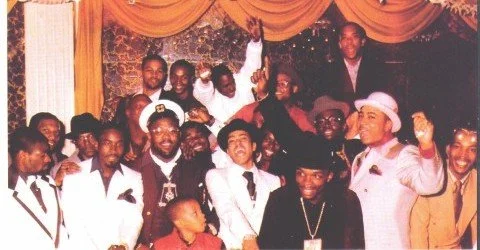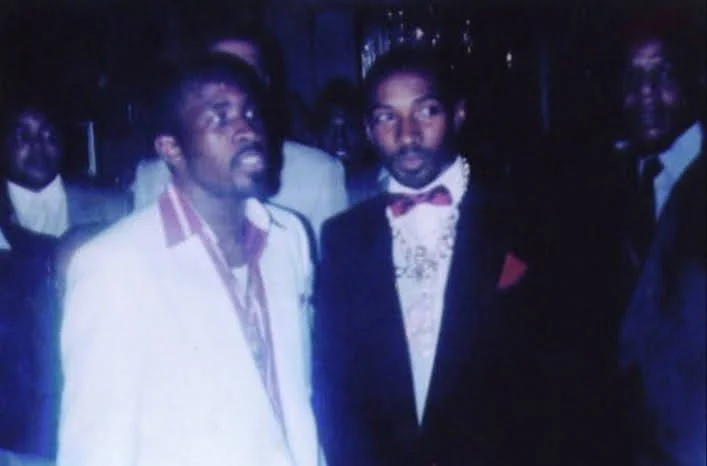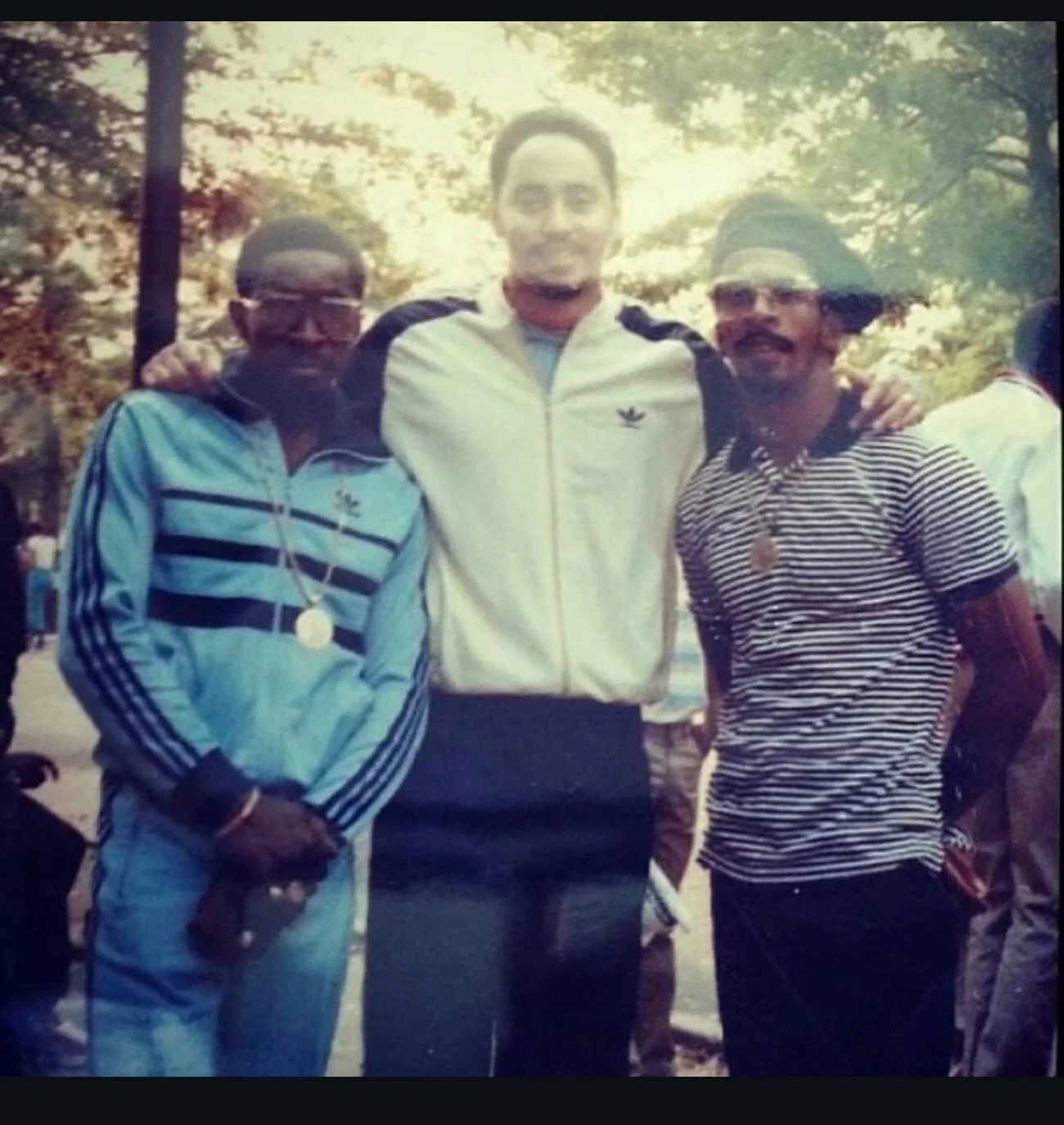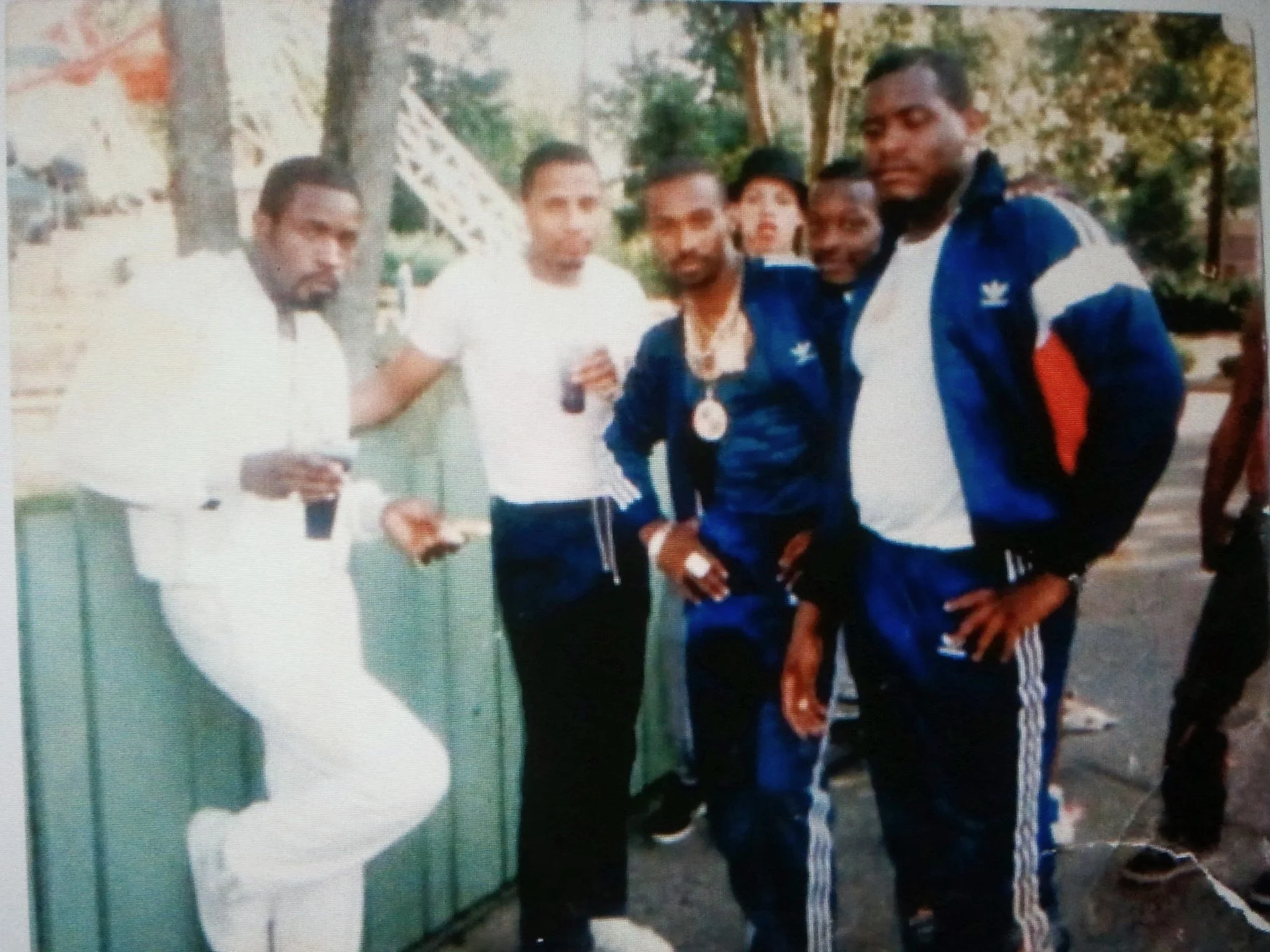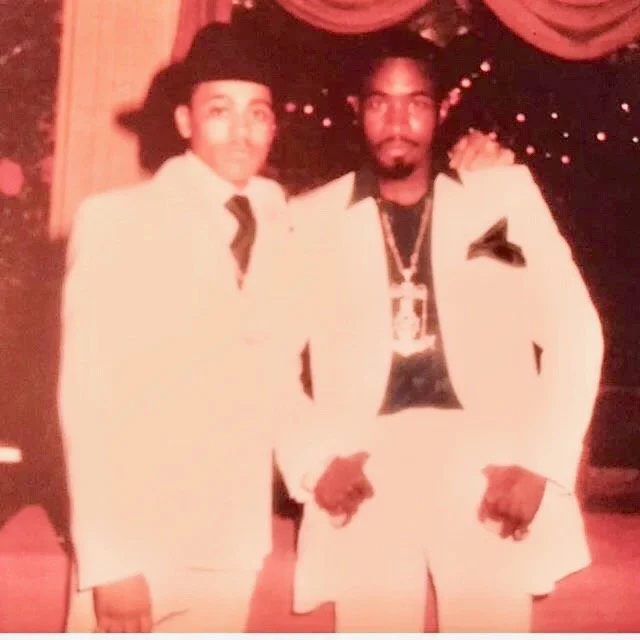supreme team
In March 1990, Gerald “Prince” Miller was charged with multiple offenses connected to his role in the Queens-based Supreme Team, a notorious drug distribution network that rose to power in New York during the 1980s. Founded by his uncle, Kenneth “Supreme” McGriff, the organization operated primarily out of the Baisley Park Housing Projects in South Jamaica, Queens, and became infamous for its influence and street presence.
When McGriff was arrested on state narcotics charges in 1985, leadership of the Supreme Team passed to Miller. As its head, he oversaw extensive and organized operations involving kilogram-level drug production and distribution. Under his direction, the enterprise expanded its territory significantly, with Miller orchestrating efforts to secure new areas of control.
Following a federal trial, Miller was convicted on several counts, including racketeering under the Racketeer Influenced and Corrupt Organizations (RICO) Act, operating a Continuing Criminal Enterprise (CCE) under the “super kingpin” statute, and money laundering. Notably, he was not convicted of any violent offenses.
United States District Judge Raymond J. Dearie sentenced Miller to seven concurrent life sentences, plus an additional 20 years for money laundering. While Judge Dearie described the punishment as severe yet appropriate for the scope of Miller’s crimes, he also expressed hope for the young leader’s future, telling him:
“With the intelligence that you have, you could find some way to discourage others—those who might admire you if they saw you on the street—from following in your footsteps.”
Miller would carry those words with him throughout the decades he served in federal custody. In a letter to U.S. District Judge Nicholas G. Garaufis, who granted his release on September 20, 2024, Miller credited Judge Dearie’s remarks with inspiring his personal transformation. He wrote:
“Thank you, Your Honor, for sentencing me in a way that helped me find meaning and purpose in my life.”
Today, Gerald “Prince” Miller has redirected his energy and leadership into a mission of prevention and empowerment. Drawing on his lived experience, he works to steer children, teenagers, and young adults away from the cycles of street life, incarceration, and lost potential.
His journey stands as proof that real change is possible—when it’s driven by purpose, meaning, and a commitment to leaving a positive legacy.

